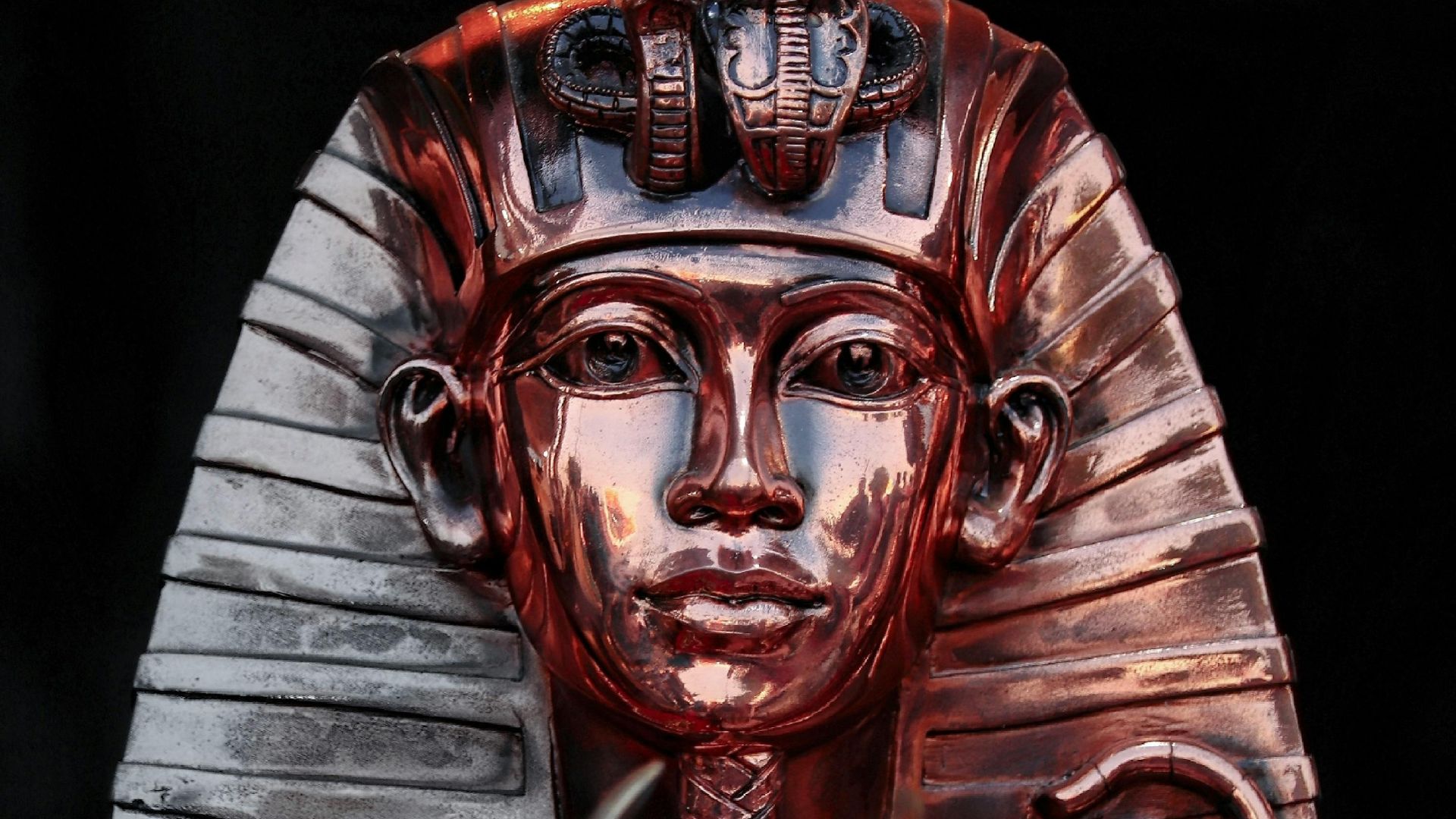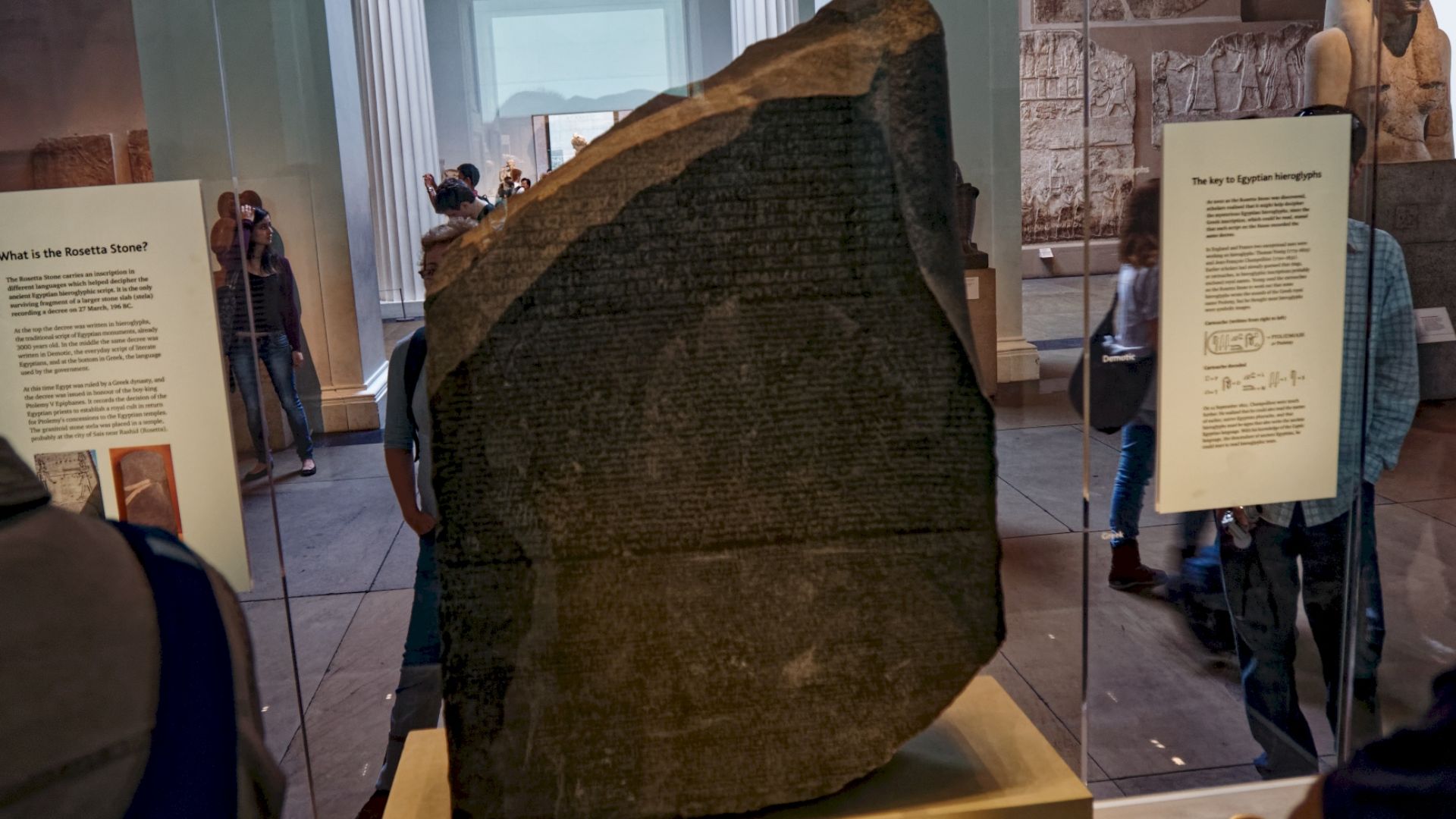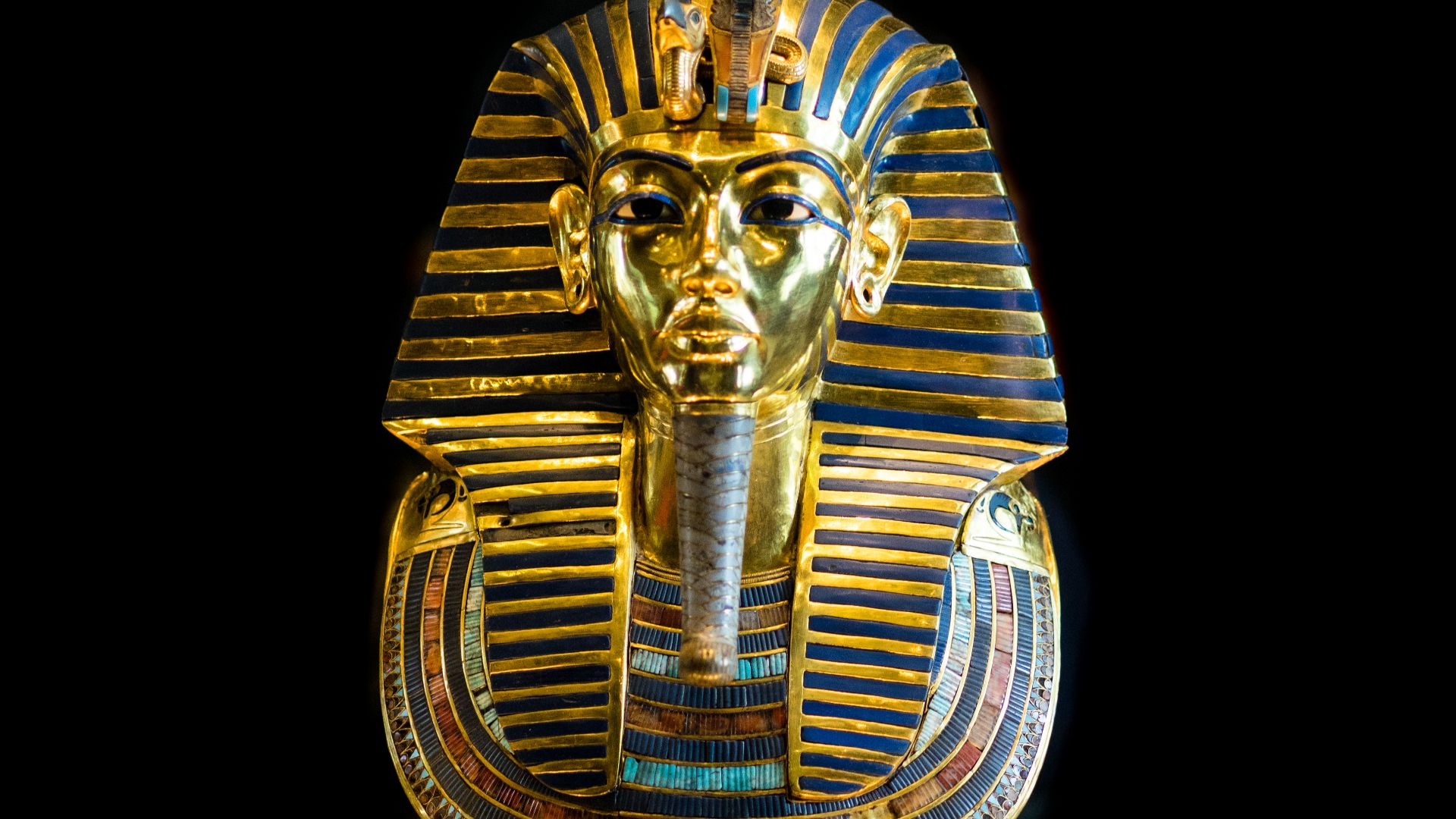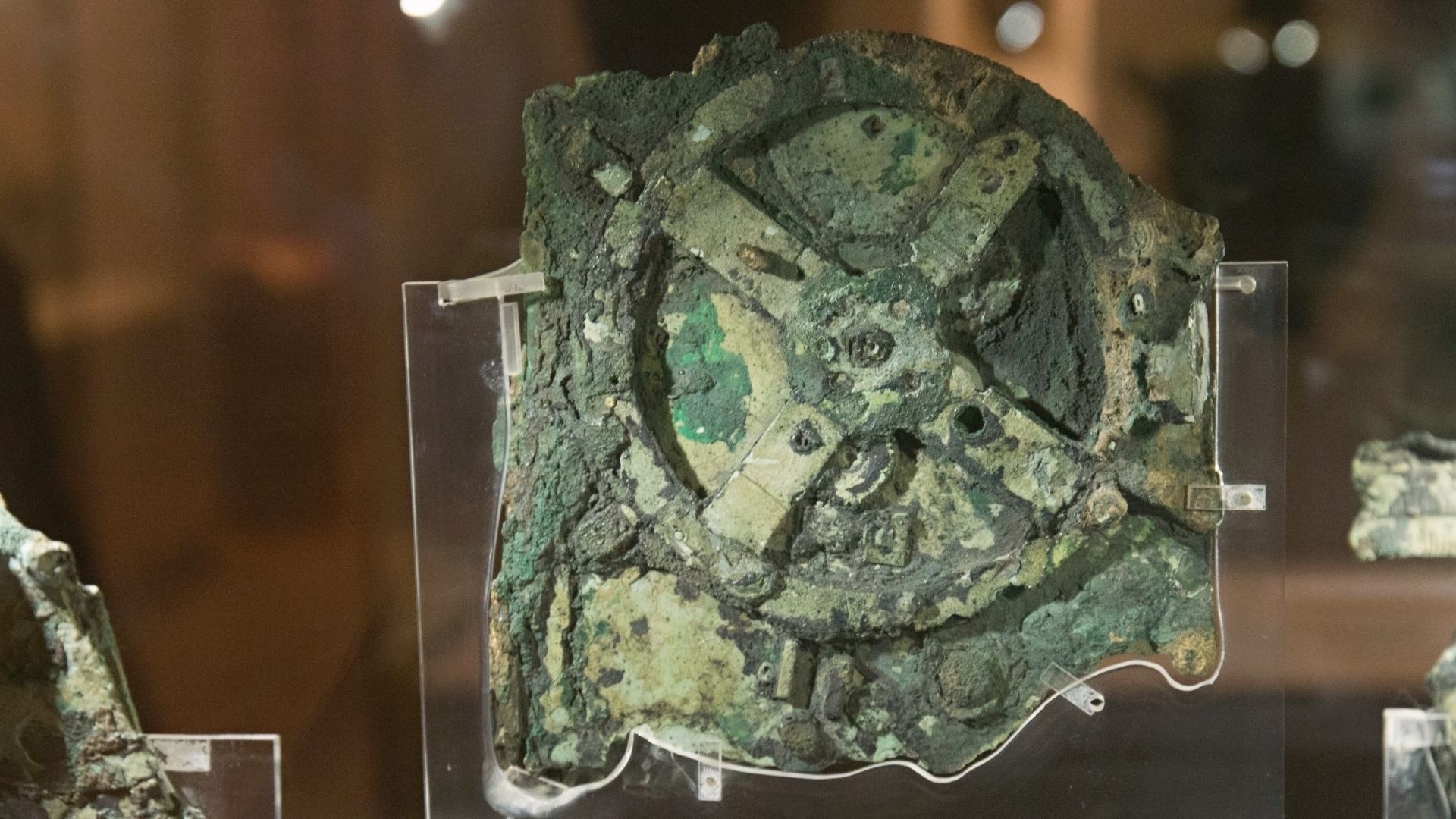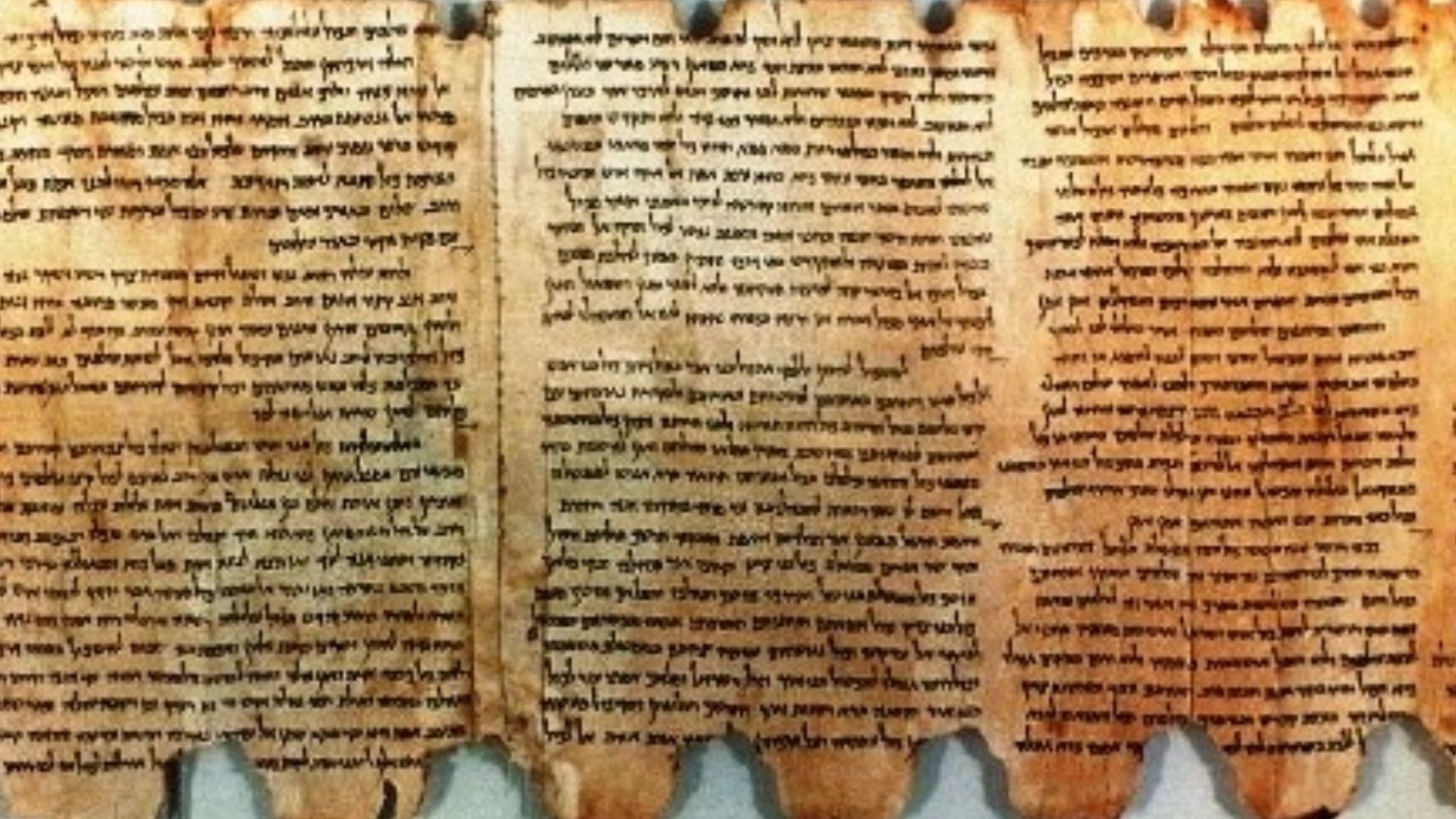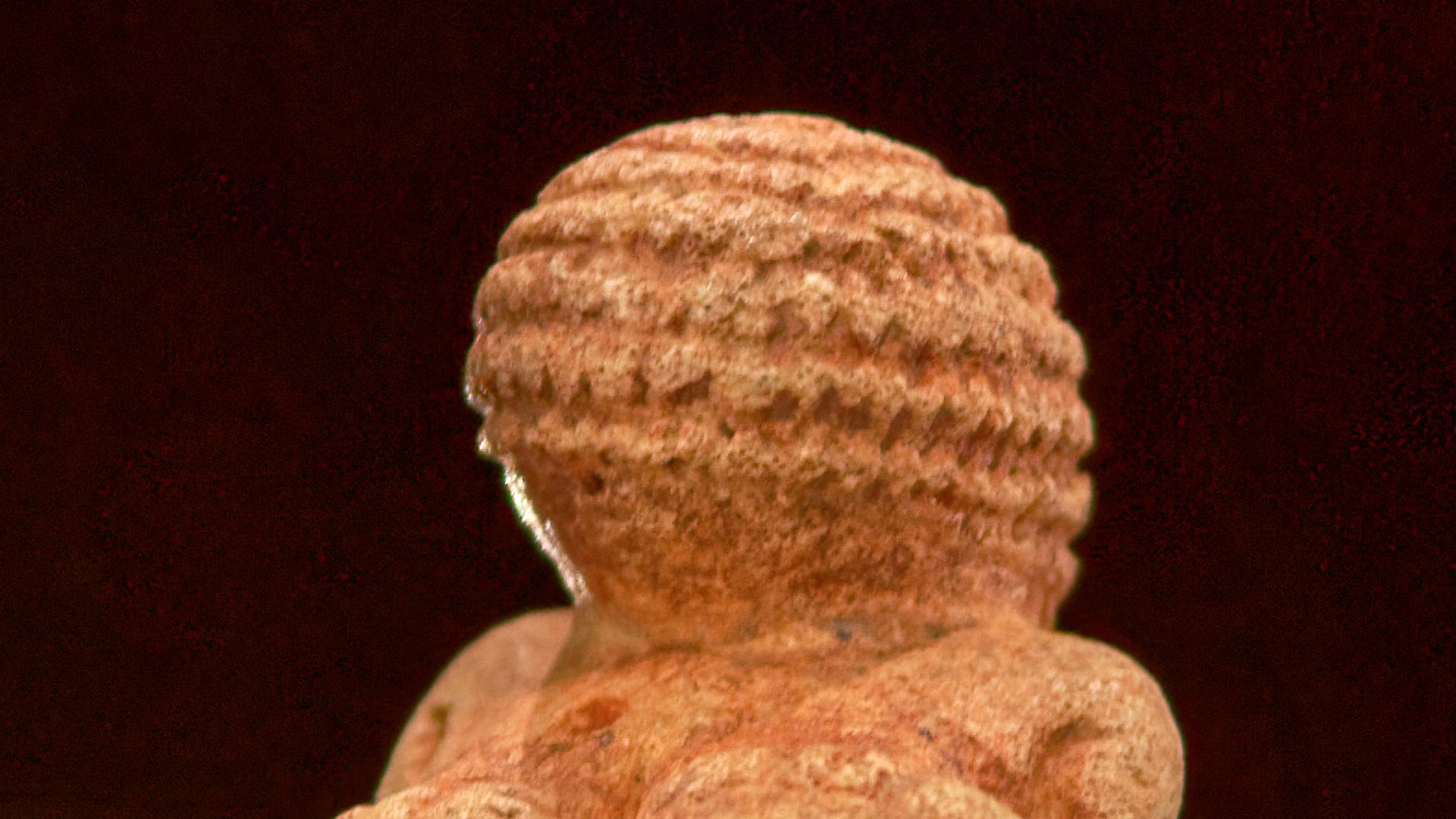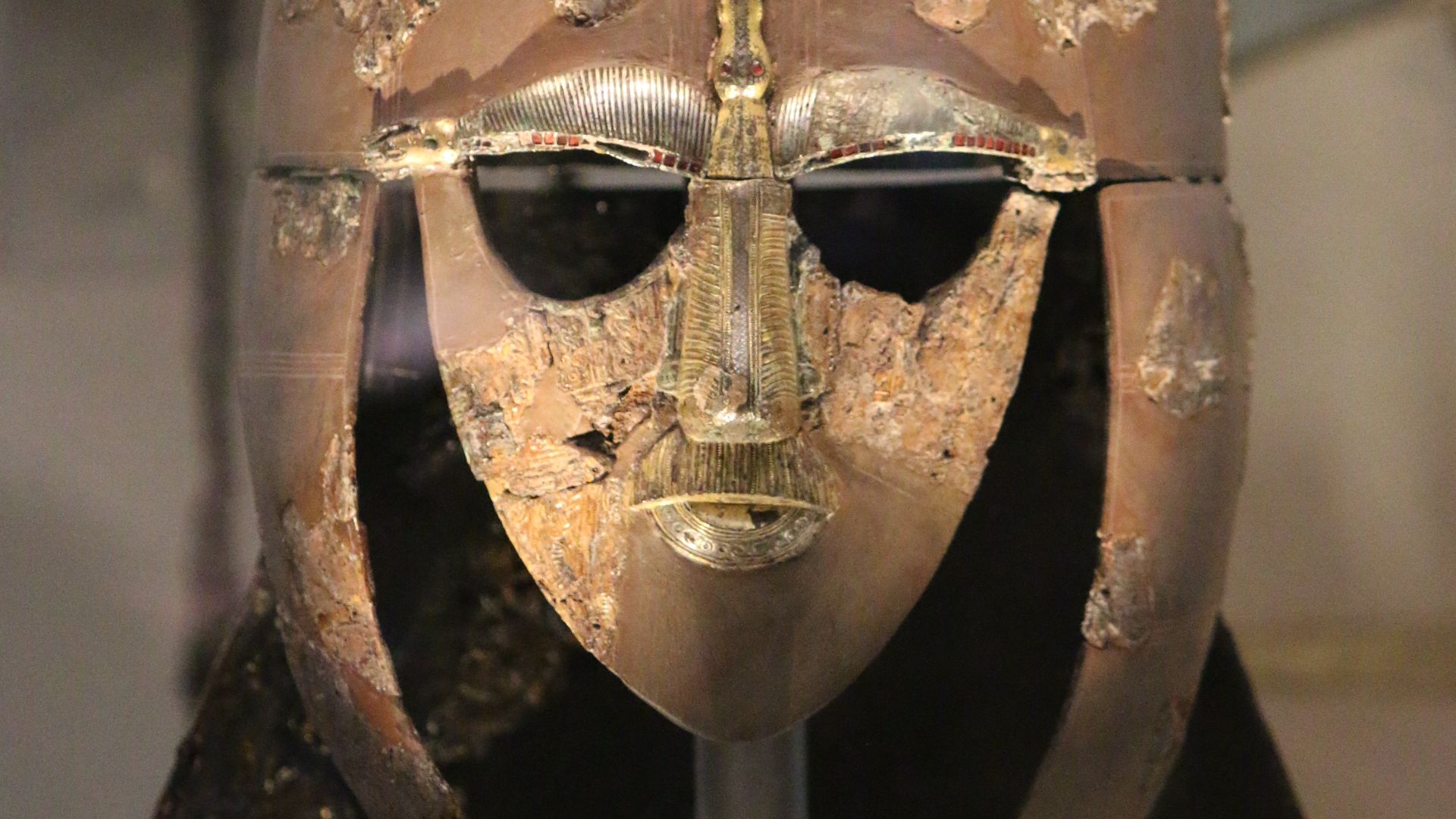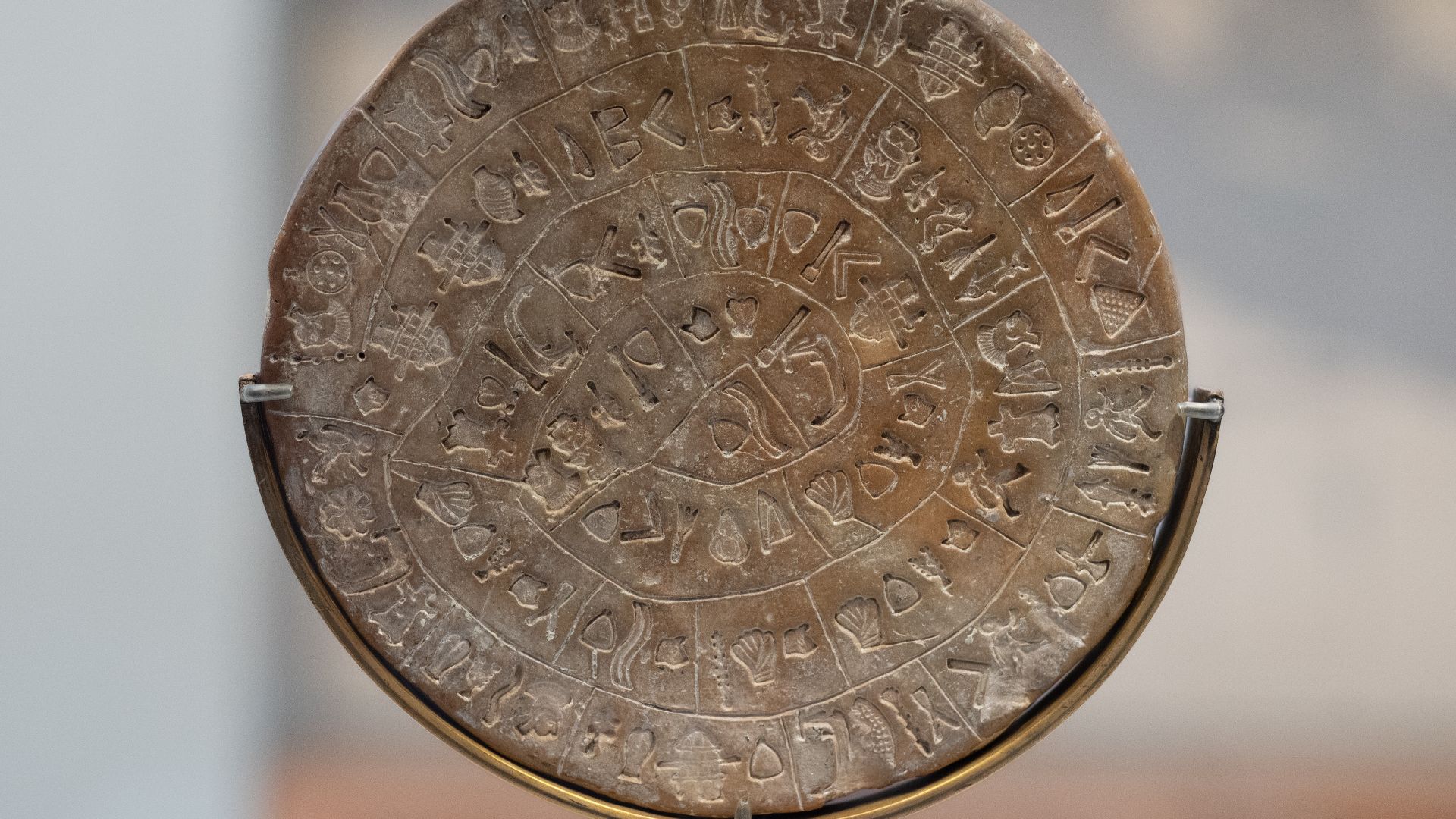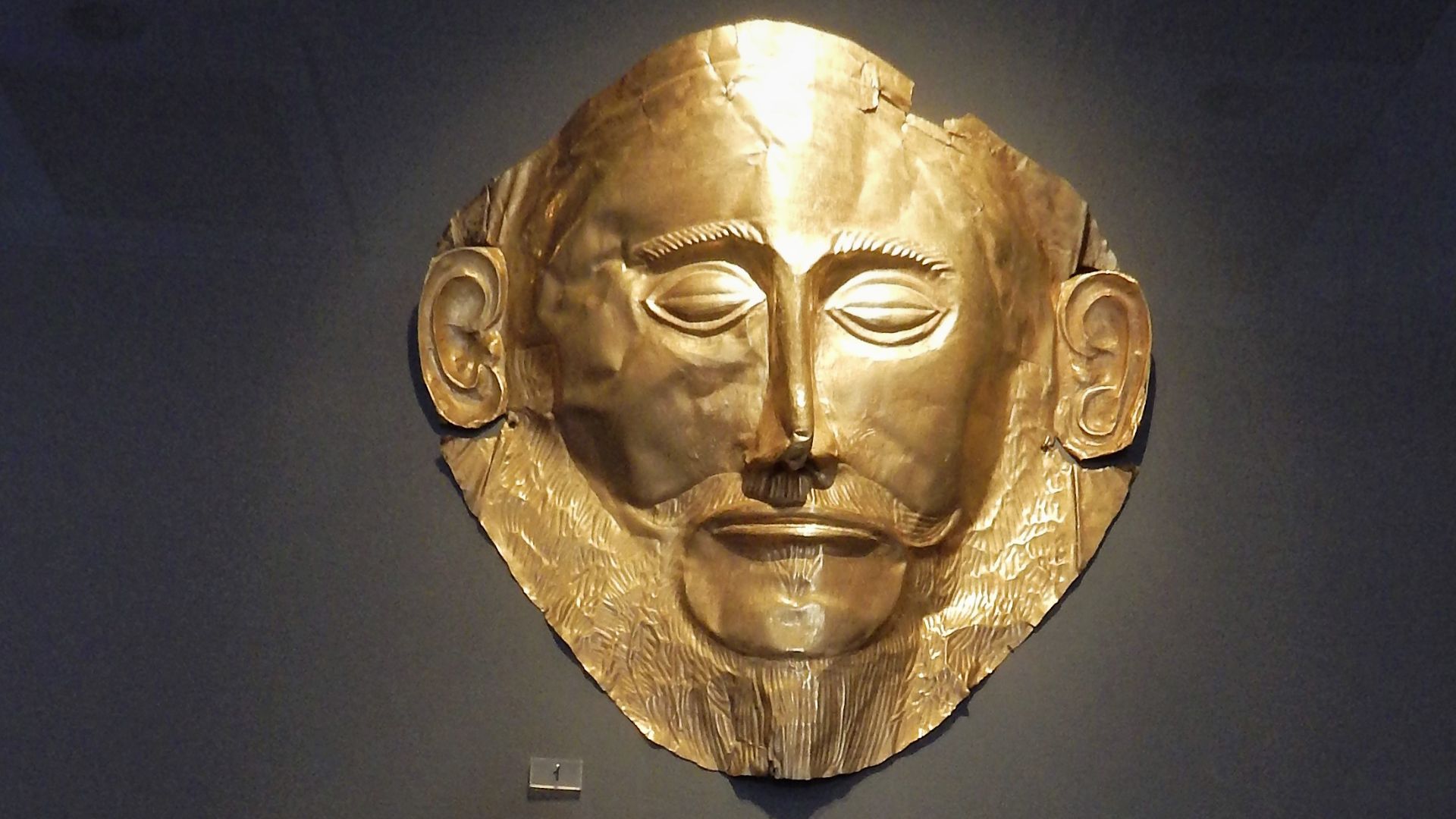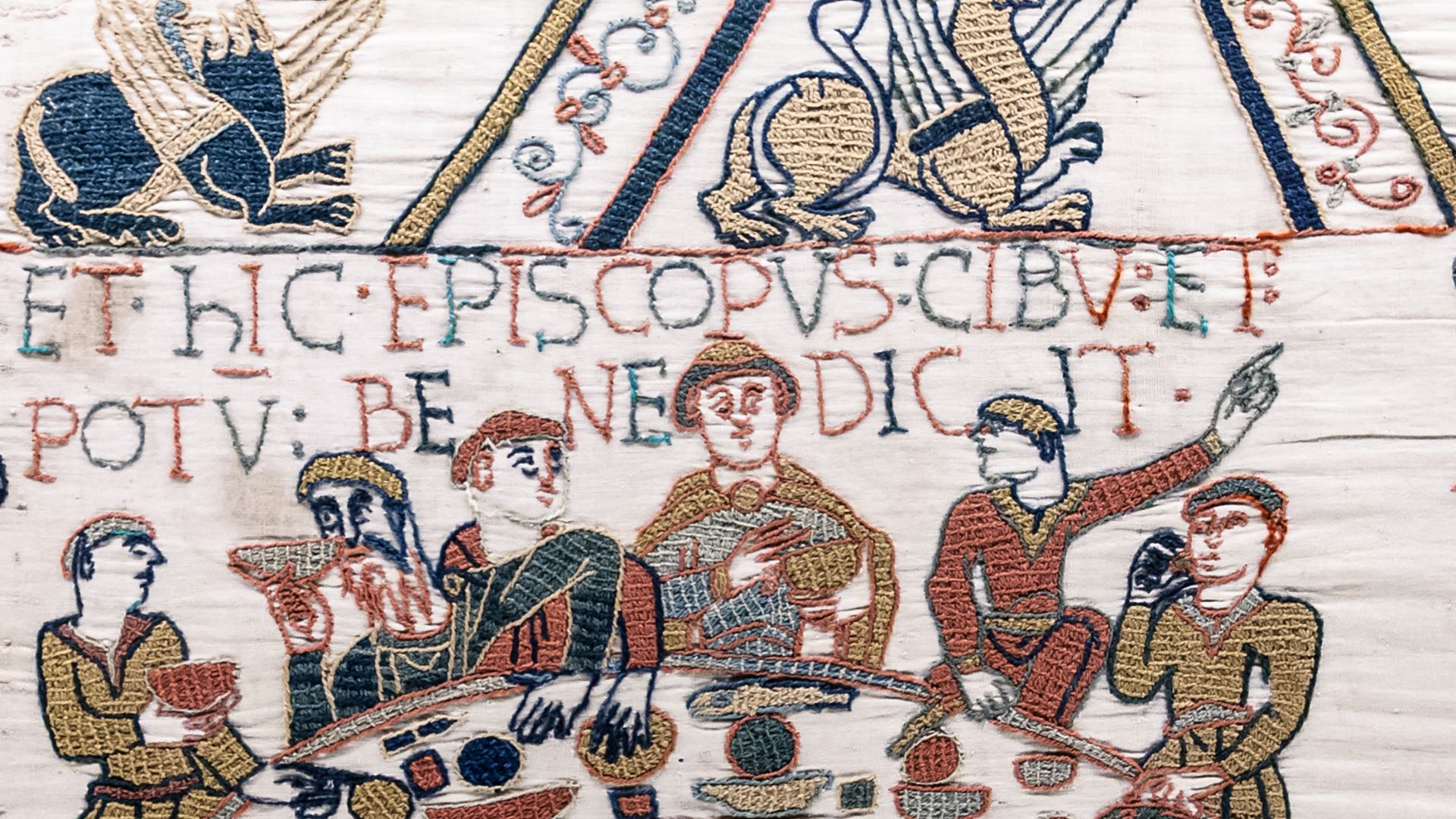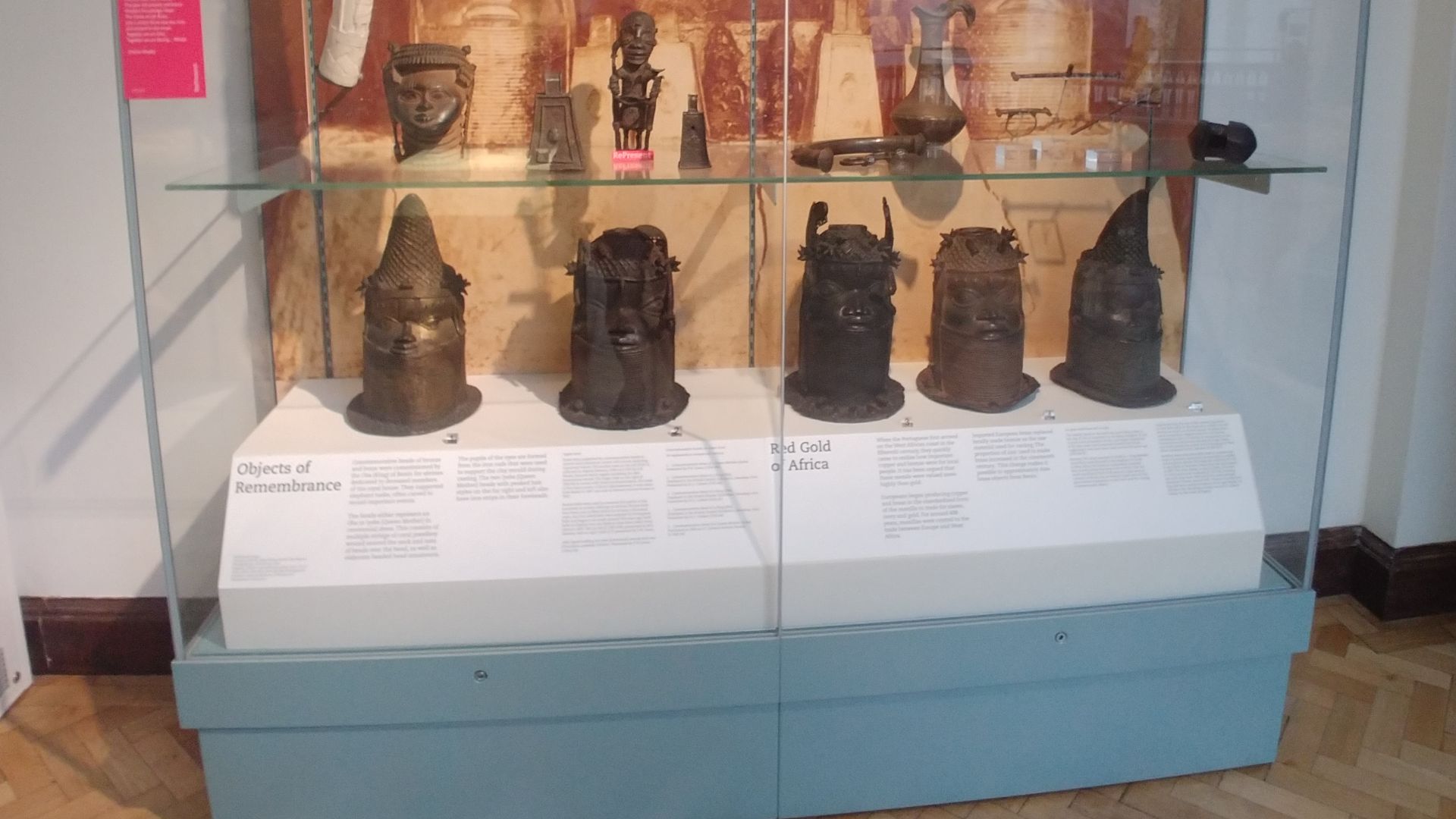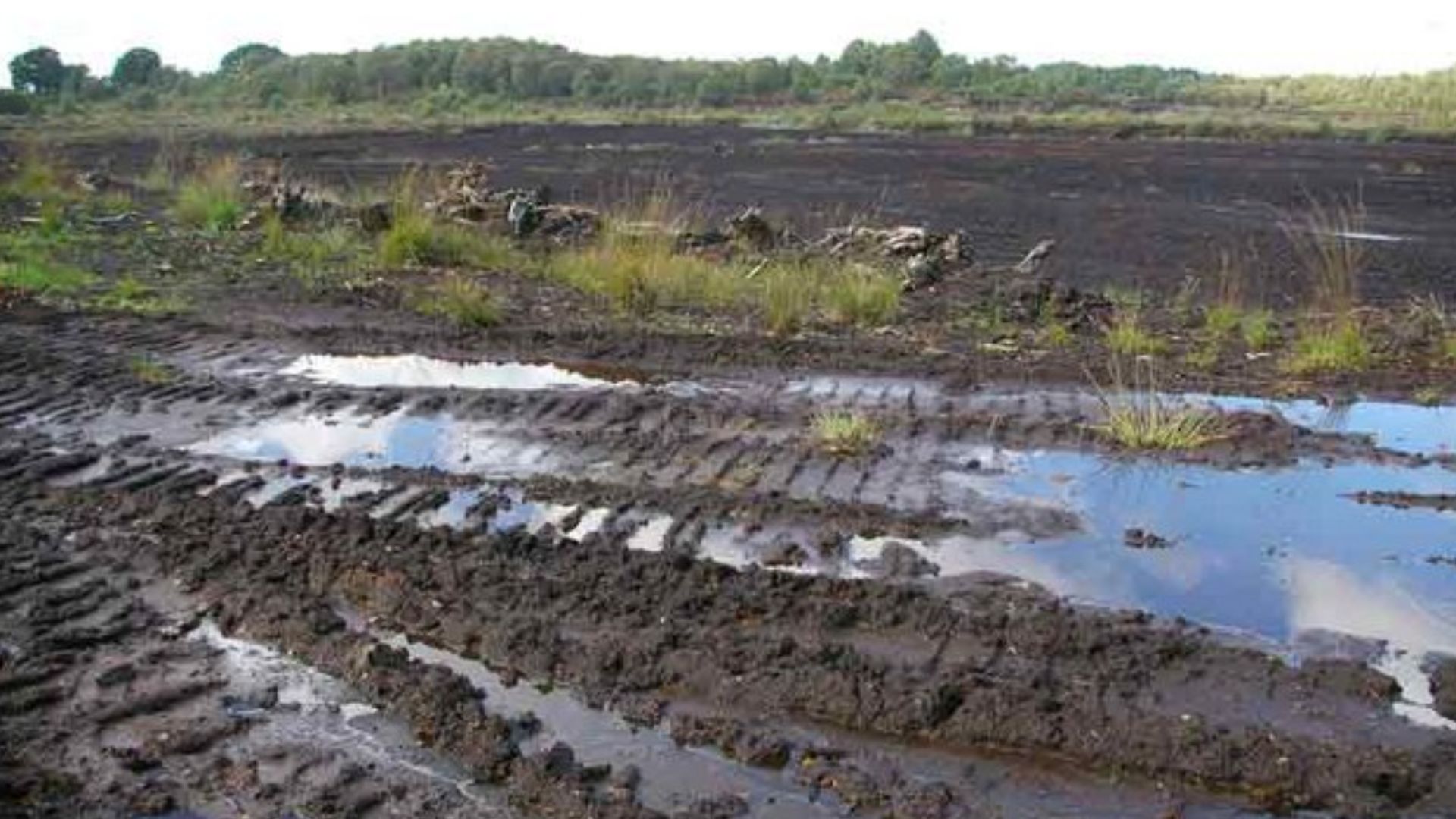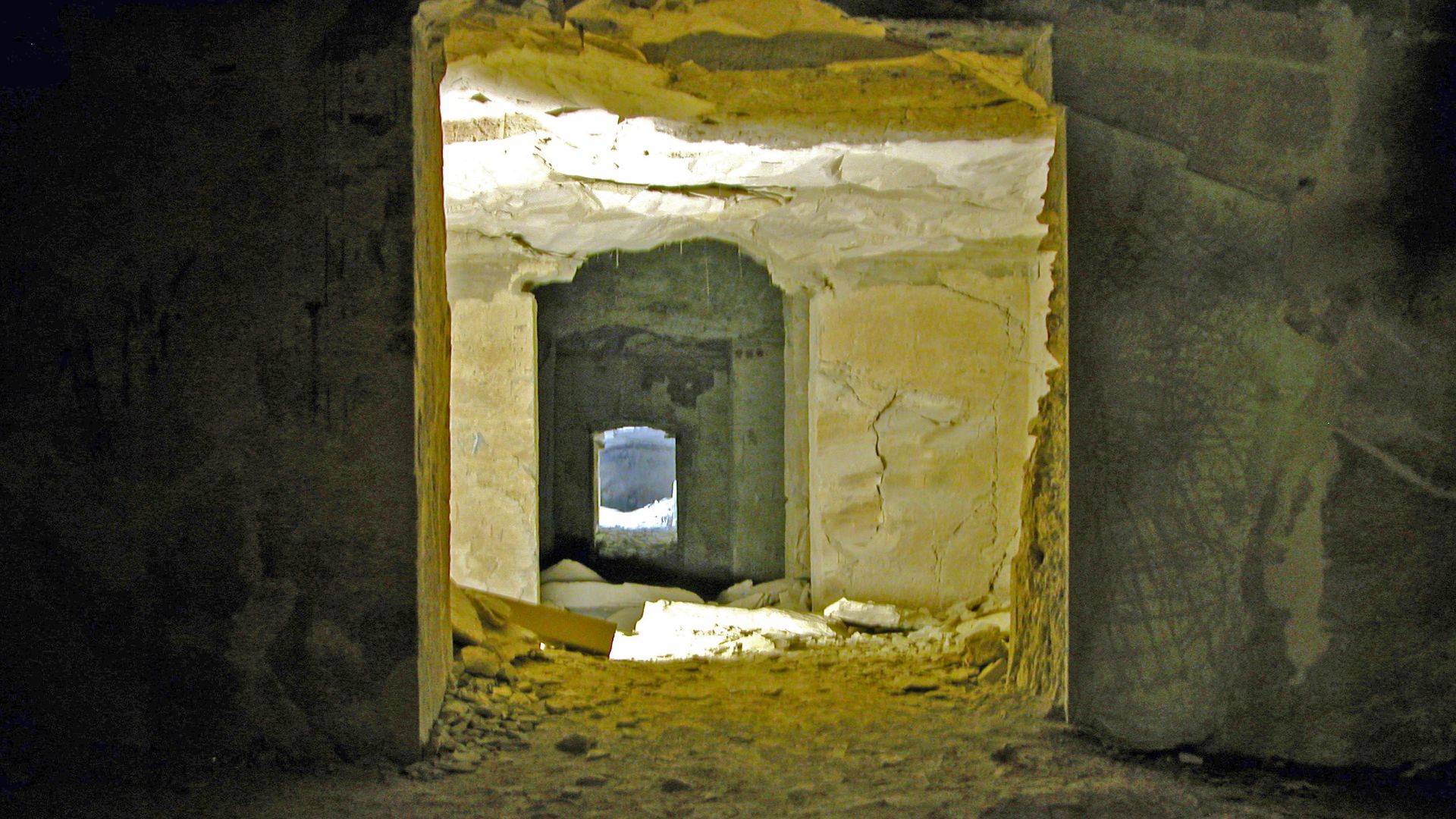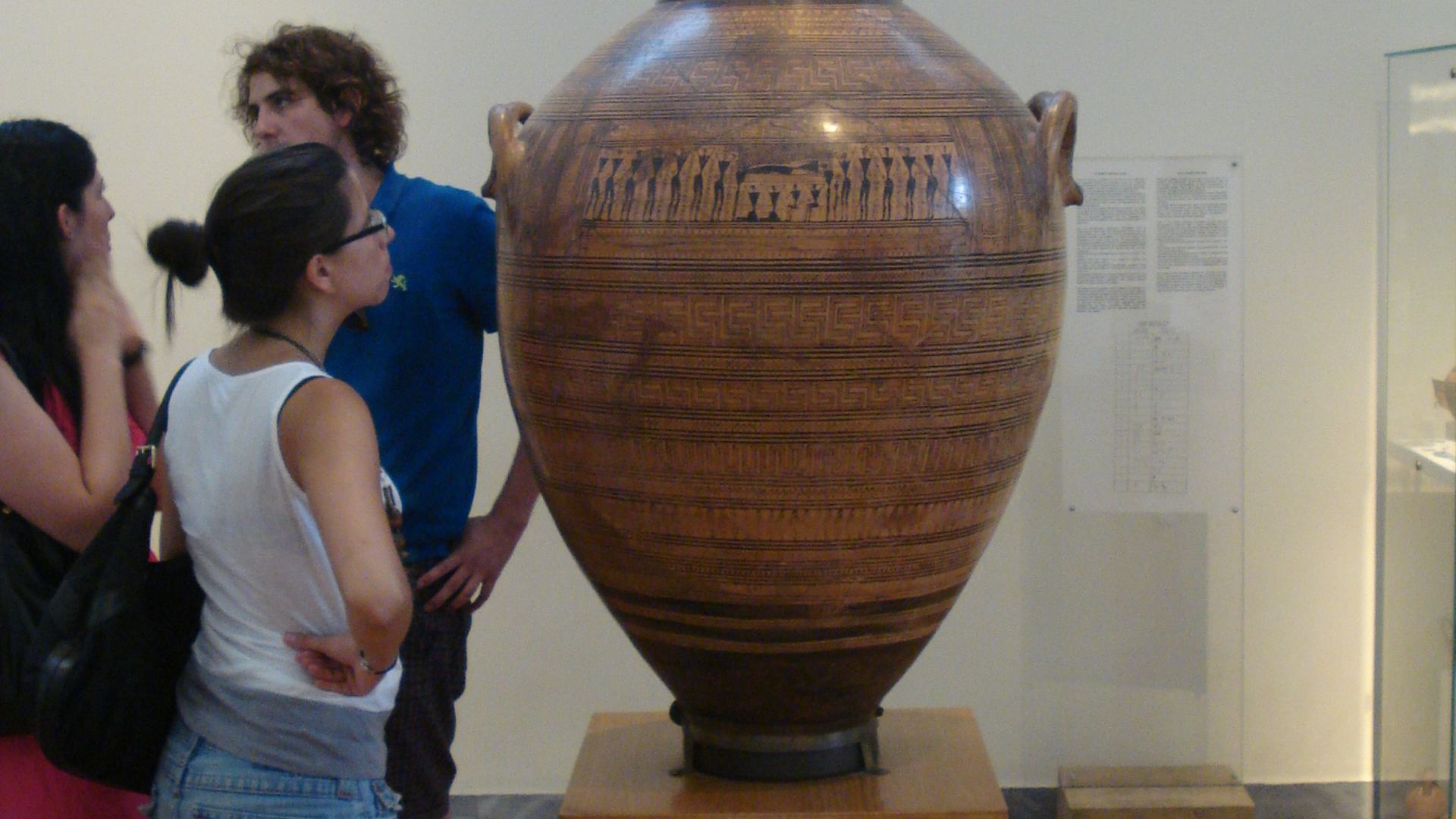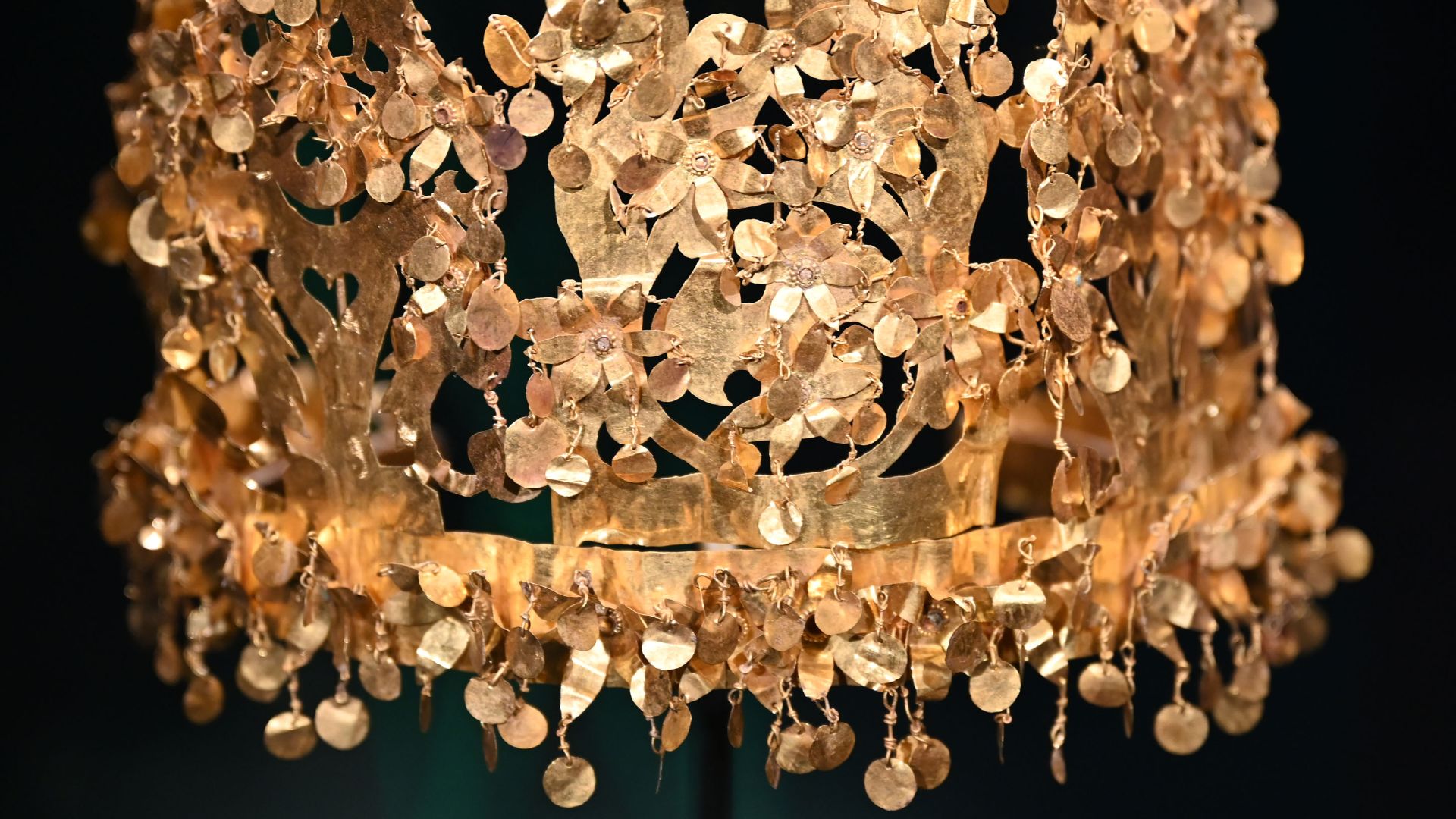Echoes From The Past
“There’s nothing new under the sun”—you’ve heard it, right? Sounds cynical, but it tracks. Every time we dig into the ground, the past shows up like it never left. But not everything unearthed is worth a spotlight. Here, it’s all about the man-made wonders that have earned their rightful place in the history books. Let's dive in!
1. Rosetta Stone
French soldiers rebuilding a fort near Rosetta in 1799 unearthed this trilingual decree from 196 BCE. It was inscribed in Ancient Greek, Demotic, and Egyptian hieroglyphs. Jean-François Champollion’s decipherment in 1822, guided by the Greek script, unlocked the forgotten language of Egypt’s dynasties.
2. Tutankhamun’s Gold Mask
Howard Carter excavated this funerary mask from the tomb of the 18th Dynasty Pharaoh in 1922. Fashioned from solid gold and inlaid with lapis lazuli, obsidian, and quartz, it was placed over the young king’s mummified face. As a masterpiece of New Kingdom funerary art, it exemplifies divine kingship.
3. Antikythera Mechanism
This intricate bronze device, recovered in 1901 from a shipwreck near the Greek island of Antikythera, dates to the late 2nd century BCE. Back then, it functioned as an analog computer, predicting eclipses and Olympic dates. Its sophisticated gearwork stunned modern scientists and redefined engineering assumptions.
4. Dead Sea Scrolls
Penned between the 3rd century BCE and 1st century CE, the scrolls include early biblical texts and apocalyptic sectarian writings. They reshaped scholarly understanding of Jewish religious diversity in the Second Temple period. In 1947, in caves near Qumran, they were preserved inside clay jars for over two millennia.
5. Venus Of Willendorf
With exaggerated reproductive features and no facial detail, the statue is believed to be a fertility symbol or an ancestral idol. The artifact was carved from limestone around 28,000 to 25,000 BCE as an 11-centimeter figurine. Explorers discovered it in Austria in 1908.
6. Bust Of Nefertiti
You’ve heard of Nefertiti, right? Well, her bust was found in the ruins of Amarna in 1912. Estimated to date from circa 1345 BCE, it was crafted in the workshop of royal sculptor Thutmose. The piece remains one of the most iconic portraits from ancient Egypt and a benchmark of symmetrical artistry.
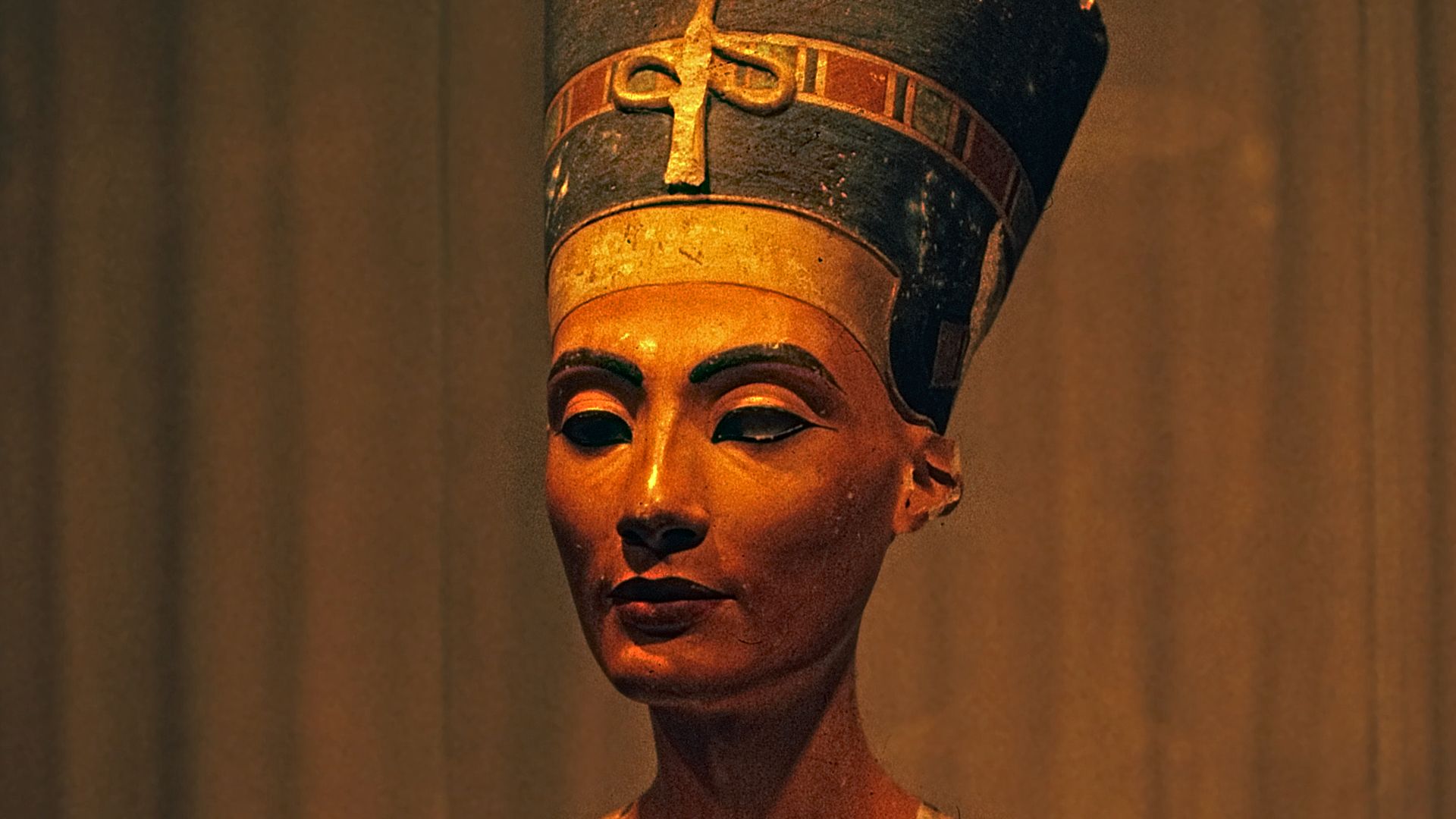 Rüdiger Stehn from Kiel, Deutschland on Wikimedia
Rüdiger Stehn from Kiel, Deutschland on Wikimedia
7. Sutton Hoo Helmet
This ceremonial helmet emerged in 1939 as part of a 7th-century Anglo-Saxon ship burial. Made of iron and bronze with tinned panels, it displays complex iconography and craftsmanship. Likely worn by an East Anglian ruler, it symbolized both martial authority and elite status.
8. Phaistos Disc
The Phaistos disc, uncovered in 1908 at the Minoan palace of Phaistos, was stamped with 241 mysterious pictographic symbols. Scholars date it to around 1700 BCE, yet its language and purpose remain undeciphered. Today, they remain the only known example, still fueling debates about Aegean writings.
9. Mask Of Agamemnon
During his 1876 excavation at Mycenae, Heinrich Schliemann uncovered a gold death mask dated to the 16th century BCE. Although Schliemann mistakenly linked it to the Homeric king Agamemnon, modern archaeology refutes that attribution. Still, its delicate features and preservation make it a defining artifact.
10. Tollund Man
In 1950, a body surfaced from a peat bog in Denmark, its facial features uncannily intact after over 2,300 years. A rope still looped around the neck suggested a ritual hanging. Analysis of his stomach contents revealed a final meal of barley and flaxseed porridge, carefully prepared before his death.
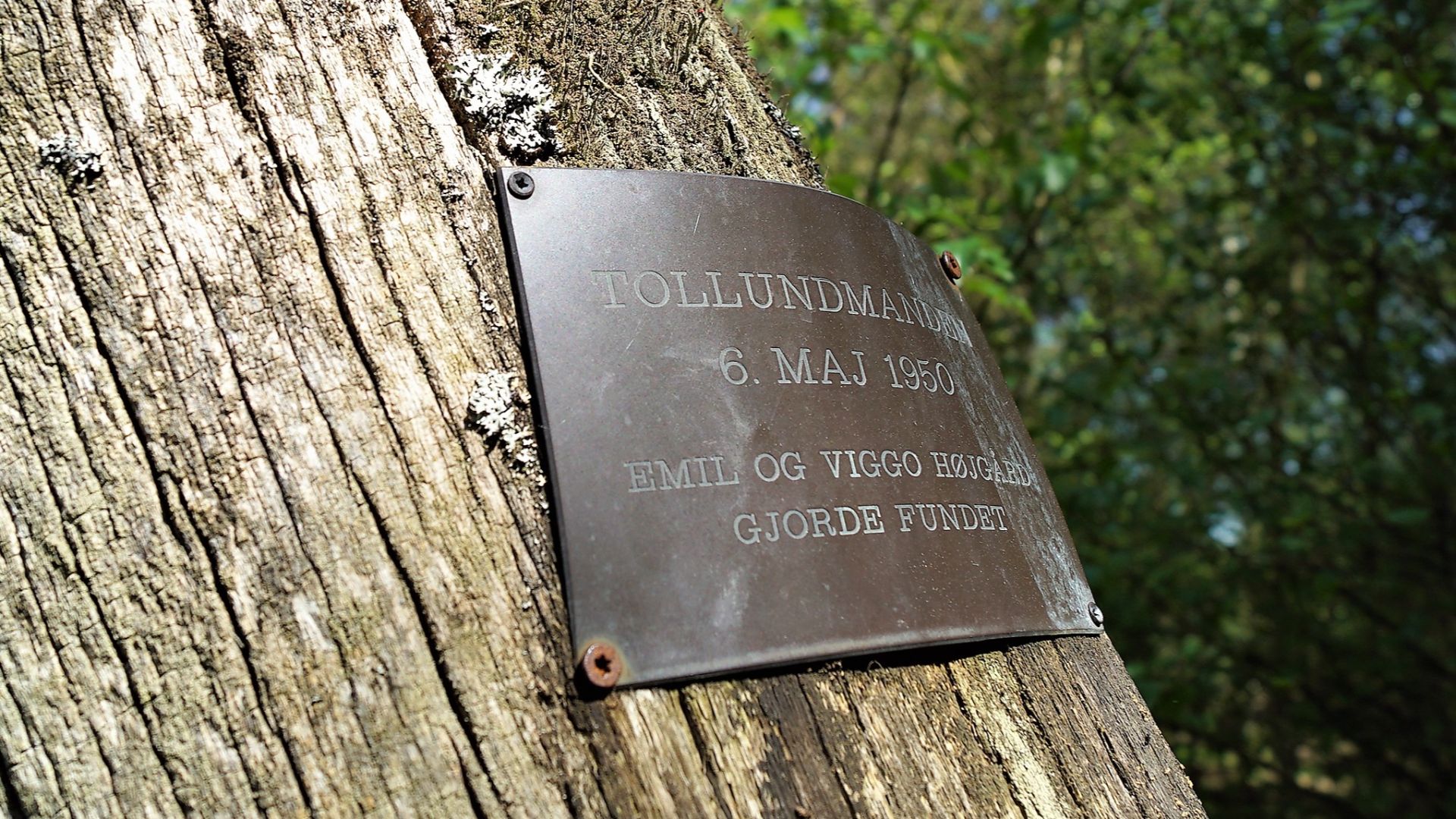 Nils Jepsen /user:Nico on Wikimedia
Nils Jepsen /user:Nico on Wikimedia
11. Standard Of Ur
Unearthed in 1927 by Sir Leonard Woolley in the Royal Cemetery at Ur, this trapezoidal box dates to about 2600 BCE. Its intricate shell, red limestone, and lapis lazuli mosaics depict contrasting scenes of war and peace. Together, they reveal the ceremonial and political life of early Mesopotamia.
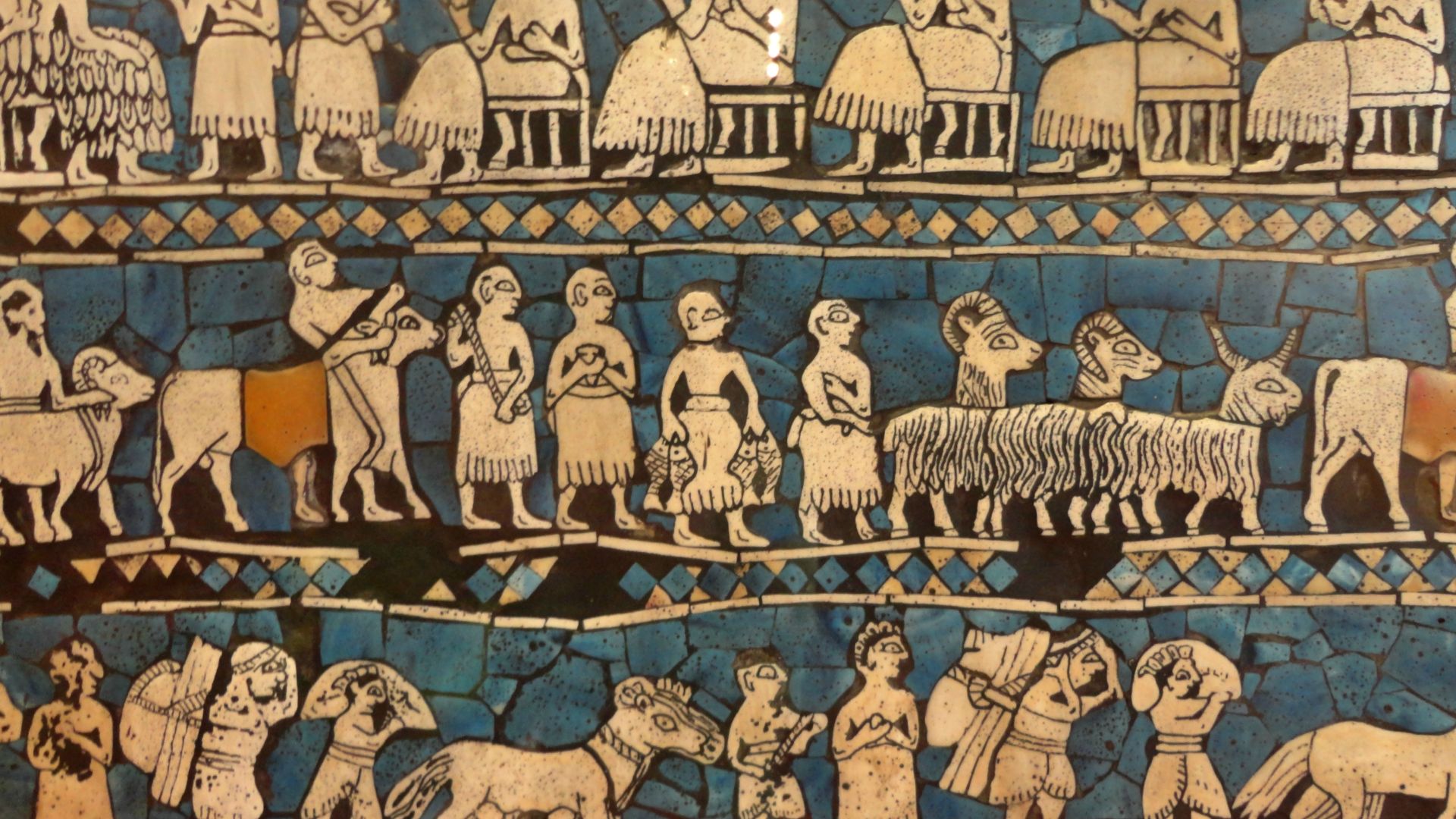 Juan Carlos Fonseca Mata on Wikimedia
Juan Carlos Fonseca Mata on Wikimedia
12. Bayeux Tapestry
Measuring nearly 70 meters long, this 11th-century embroidered narrative was likely commissioned by Bishop Odo of Bayeux. It visually recounts the events leading to the 1066 Norman conquest of England. The level of detail provides unmatched context for medieval warfare and culture.
13. Oxus Treasure
Between 1877 and 1880, a stunning cache of gold and silver objects dating to the Achaemenid Empire surfaced near the Oxus River. The treasure includes votive figurines, ceremonial armlets, and ornate vessels dating from the 5th–4th century BCE. Its contents exemplify the luxurious craftsmanship of Persian court life.
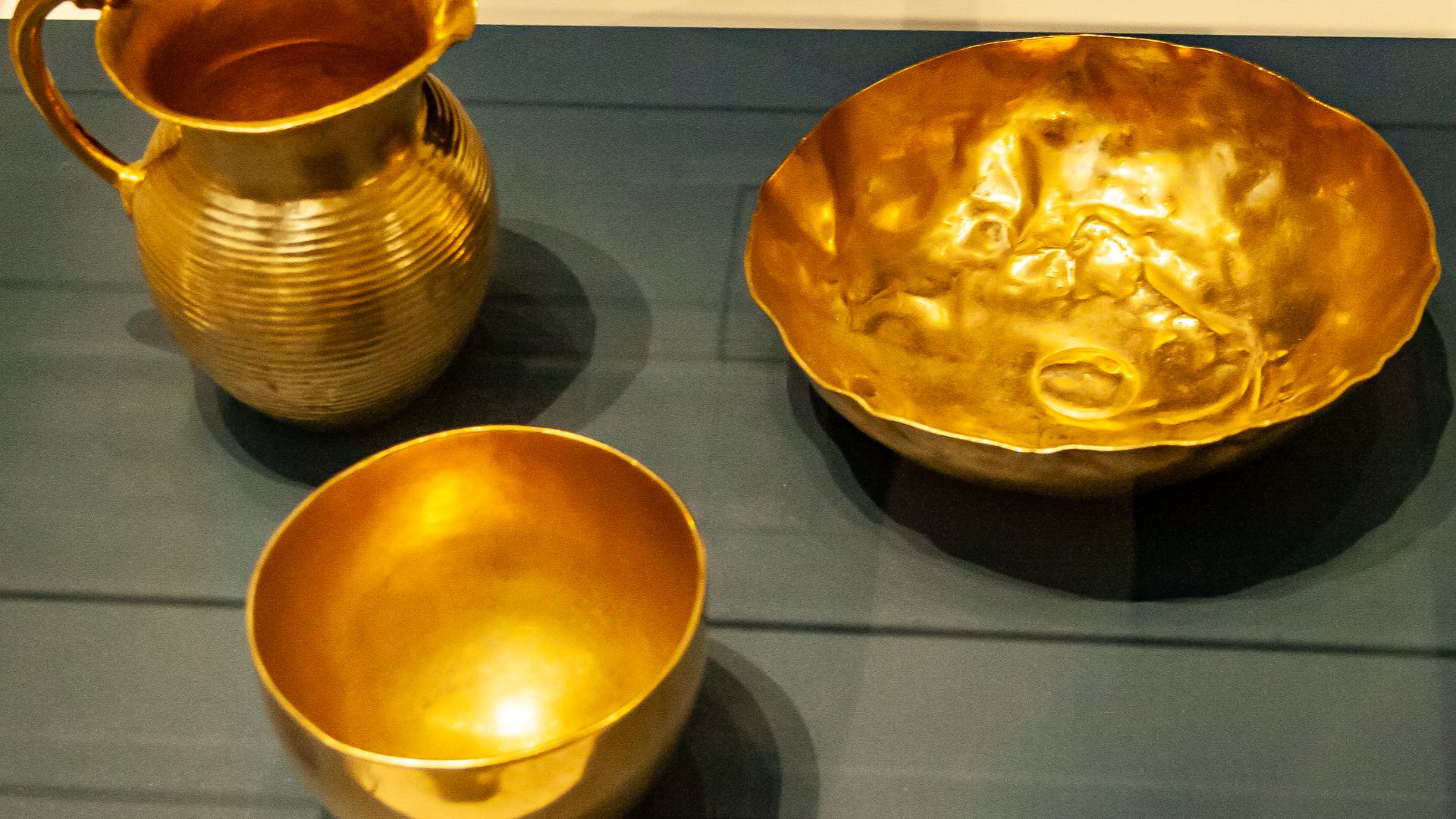 Unknown artistUnknown artist on Wikimedia
Unknown artistUnknown artist on Wikimedia
14. Cyrus Cylinder
This clay cylinder bearing Akkadian cuneiform was found in Babylon in 1879. The Cyrus Cylinder records the conquests and policies of Cyrus the Great, especially his decree allowing religious freedom for the Babylonians. Many consider it an ancient prototype for human rights documentation.
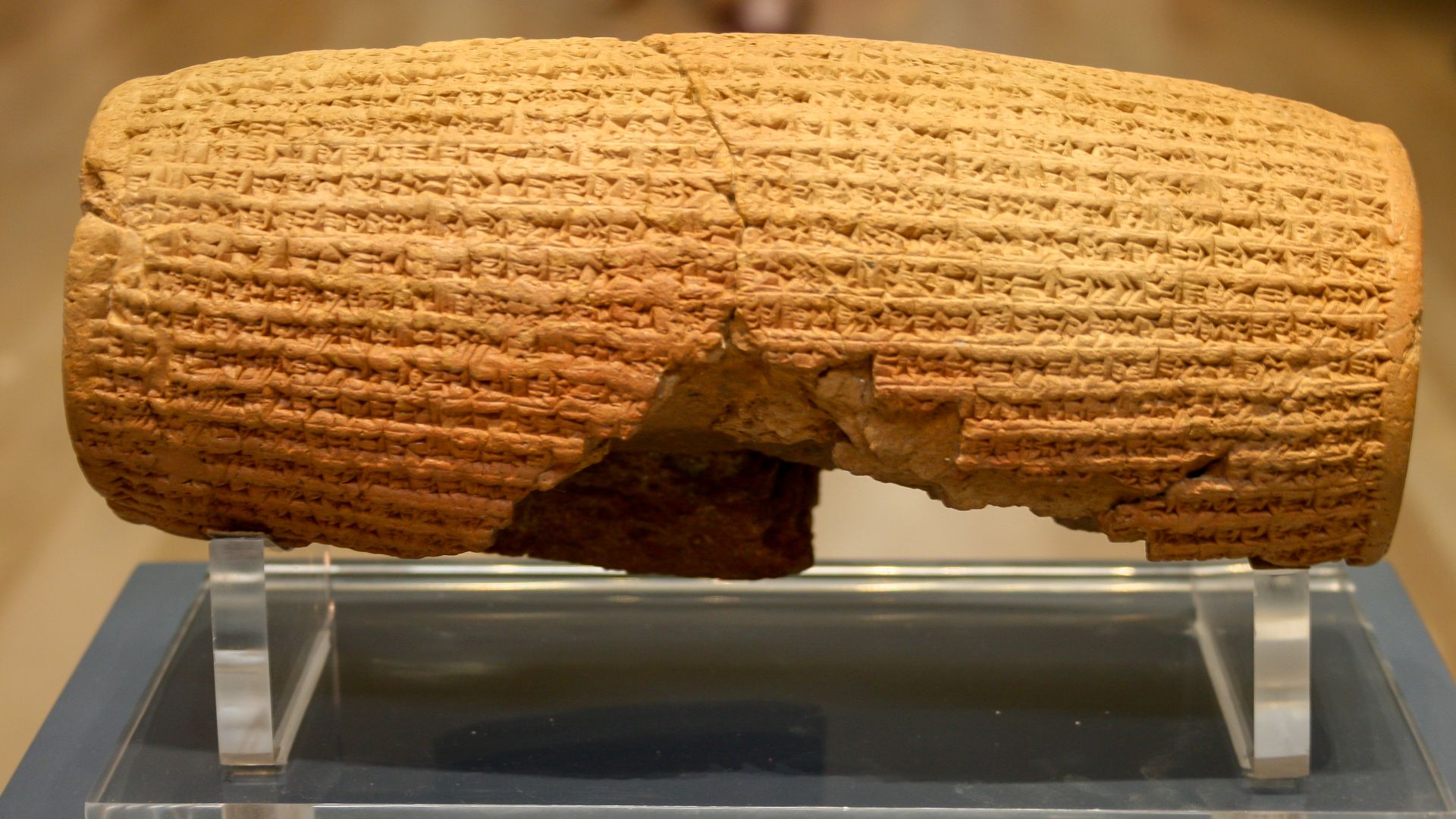 Photograph by Mike Peel (www.mikepeel.net). on Wikimedia
Photograph by Mike Peel (www.mikepeel.net). on Wikimedia
15. Benin Bronzes
Seized during the 1897 British invasion of Benin City, these findings were crafted between the 13th and 19th centuries. Produced through the lost-wax casting method, they depict courtly rituals and deities. Their removal ignited long-standing debates over cultural ownership and restitution.
16. Lindow Man
Workers at a peat bog in Cheshire discovered this well-preserved body in 1984. Forensic investigation revealed multiple fatal injuries, indicating a highly ritualized execution. Hair, skin, and even stomach contents have been analyzed, providing insights into the Iron Age diet and beliefs.
17. Mummy Of Ramses II
Discovered in 1881 in a hidden tomb near Luxor, this mummy was relocated from his original burial to prevent looting. The pharaoh ruled for over six decades during Egypt’s 19th Dynasty. His body, remarkably well preserved, shows evidence of red hair and arthritis.
18. Dipylon Amphora
Used as a grave marker, the Dipylon Amphora was recovered from the Kerameikos necropolis near Athens in the late 19th century. Created around 760 BCE, it features funerary processions that define the Greek Geometric period. Its imposing height and narrative clarity reflect the ceremonial traditions of the time.
19. Warka Vase
This alabaster vessel from Iraq, dating to around 3200–3000 BCE, depicts a sacred offering procession to the goddess Inanna. Excavated in 1934, the vase showcases one of the earliest known uses of narrative relief sculpture. Its tiered imagery reflects a structured cosmology central to early Mesopotamian religion.
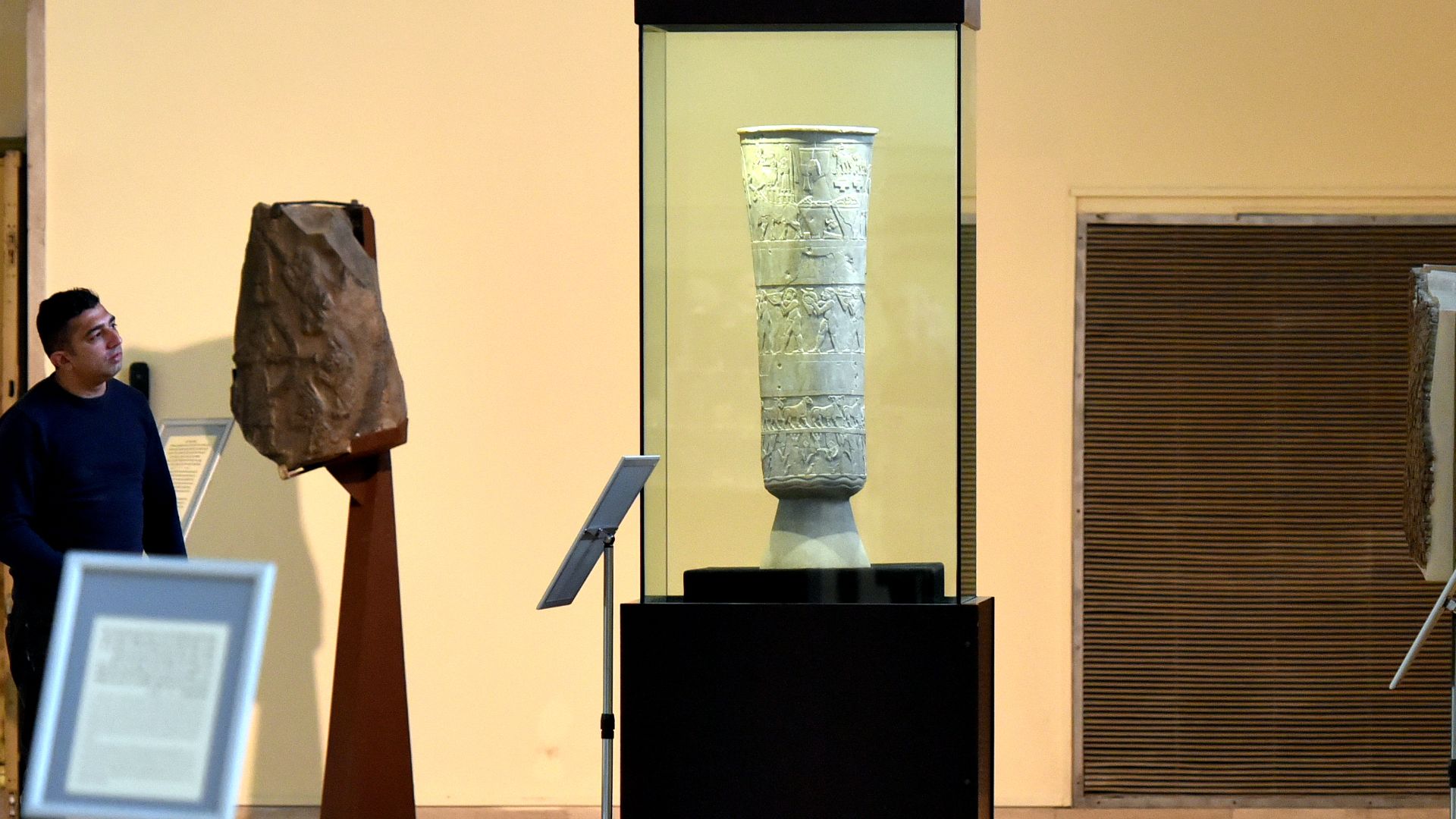 Osama Shukir Muhammed Amin FRCP(Glasg) on Wikimedia
Osama Shukir Muhammed Amin FRCP(Glasg) on Wikimedia
20. Bactrian Gold (Tillya Tepe)
Soviet archaeologists uncovered these nomadic tombs in northern Afghanistan in 1978, revealing over 20,000 gold objects. The artifacts reflect a rich fusion of Greco-Roman, Indian, Persian, and Central Asian styles. The treasures illuminate the Silk Road's wealth and connectivity.
KEEP ON READING

20 Weirdest Historical Objects in Museums
Check Out the Pickled Heart of a Saint. Museums carry…
By Rob Shapiro Oct 1, 2025
20 Ocean Mysteries We Still Haven’t Solved
Unanswered Questions Of The Ocean. The ocean covers most of…
By David Davidovic Sep 1, 2025
10 Phenomenal Mythical Creatures & 10 That Are Just Plain…
Legends Both Majestic And Peculiar. Do you ever wonder why…
By Chase Wexler Oct 1, 2025
20 Historical Predictions That Turned Out To Be True
Crystal Ball Moments In History. Do you wonder what it's…
By Chase Wexler Sep 1, 2025
10 Presidents Who Never Served In The Military & 10…
Commanders And Civilians In Office. Power can rise from very…
By David Davidovic Sep 1, 2025
20 Wars That Could Have Ended Much Sooner Than They…
Wars That Lasted Far Too Long. Wars are often remembered…
By David Davidovic Sep 1, 2025

